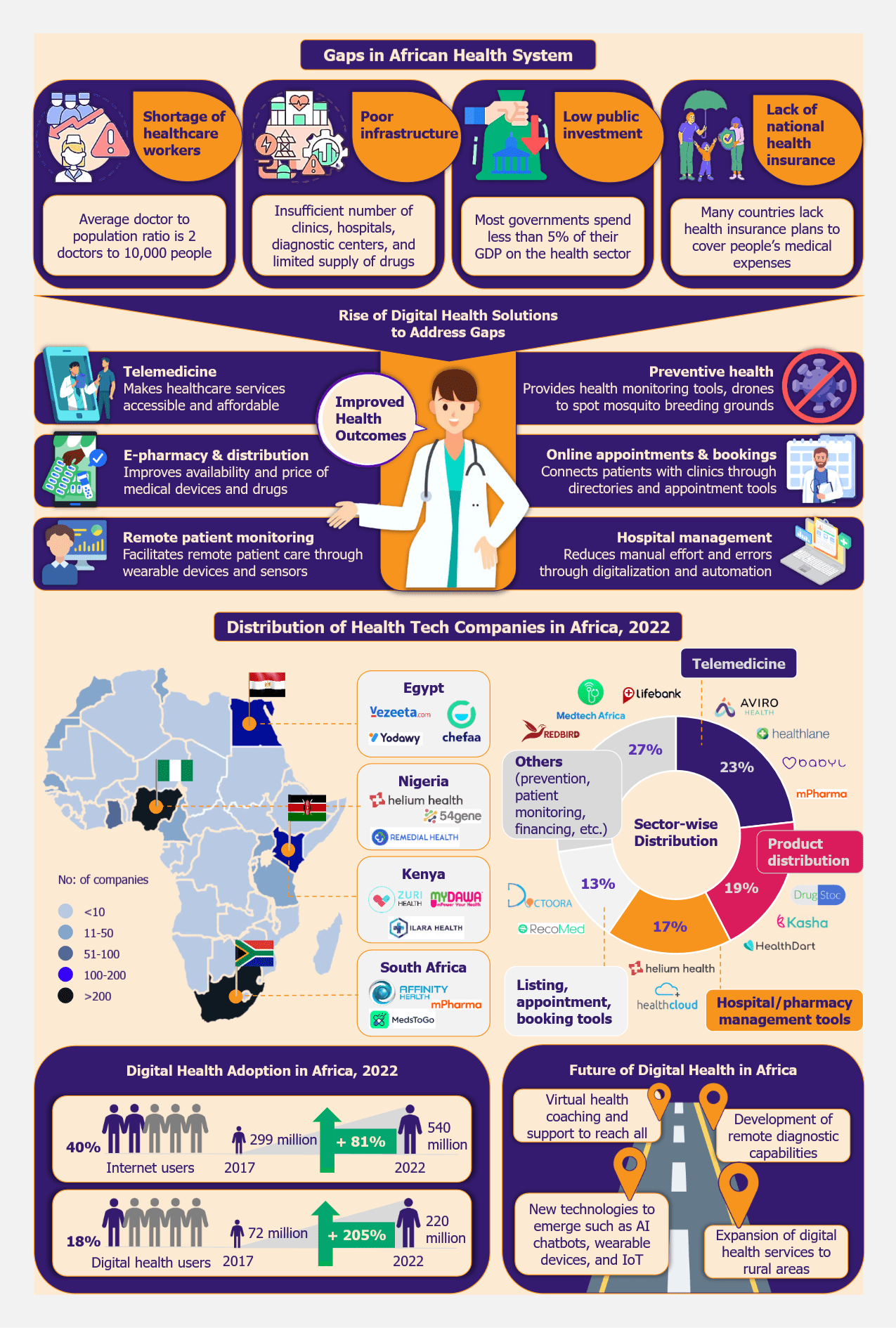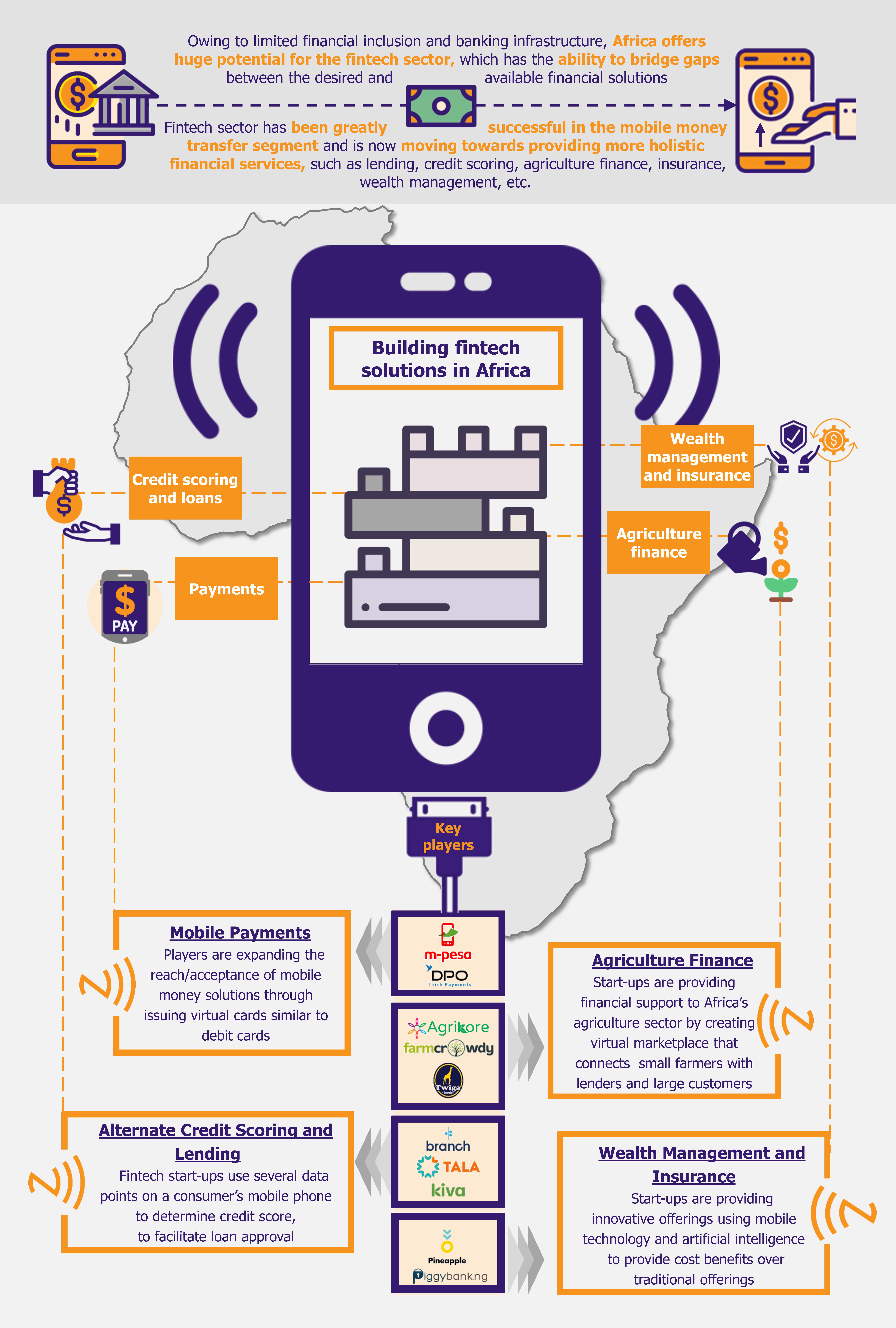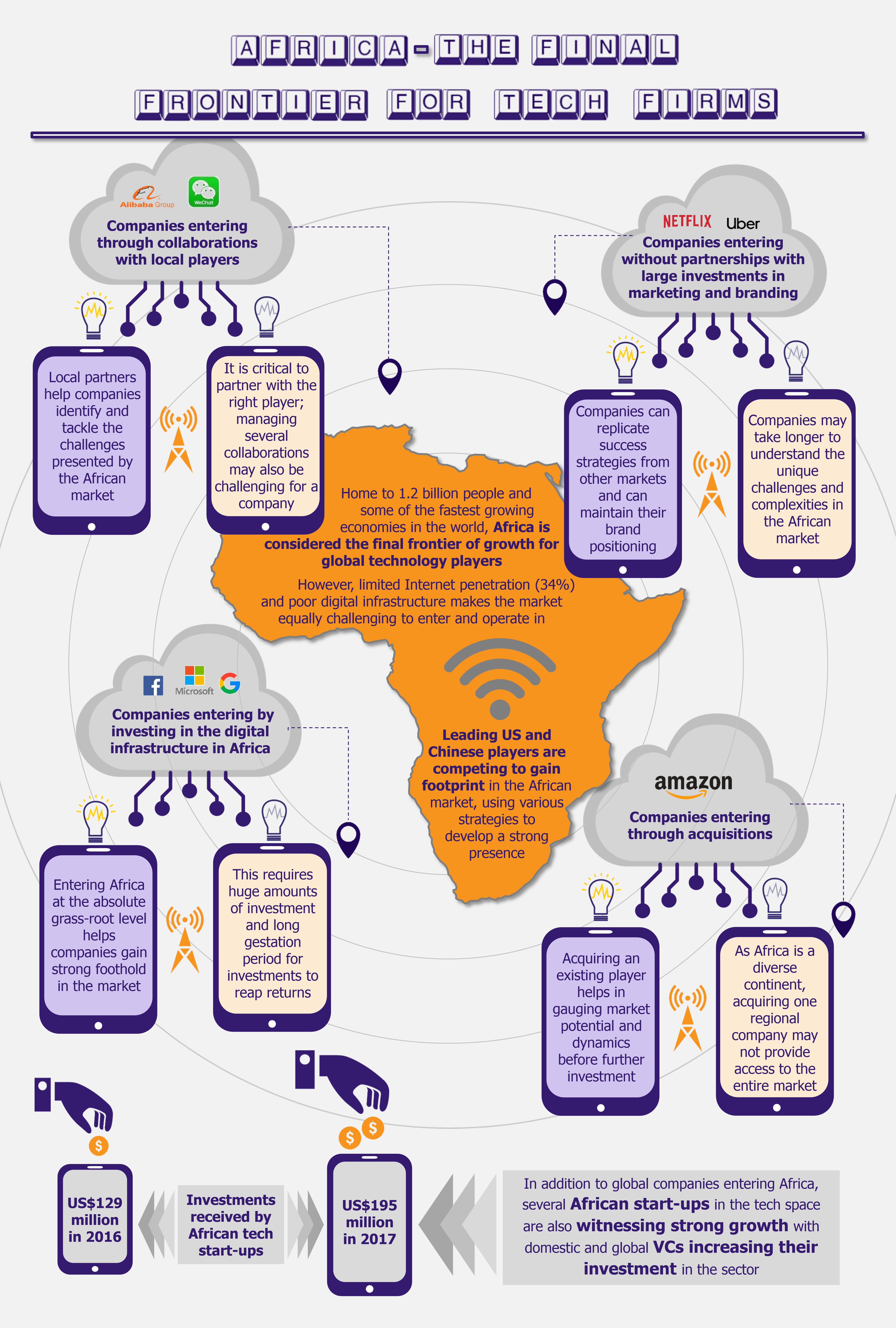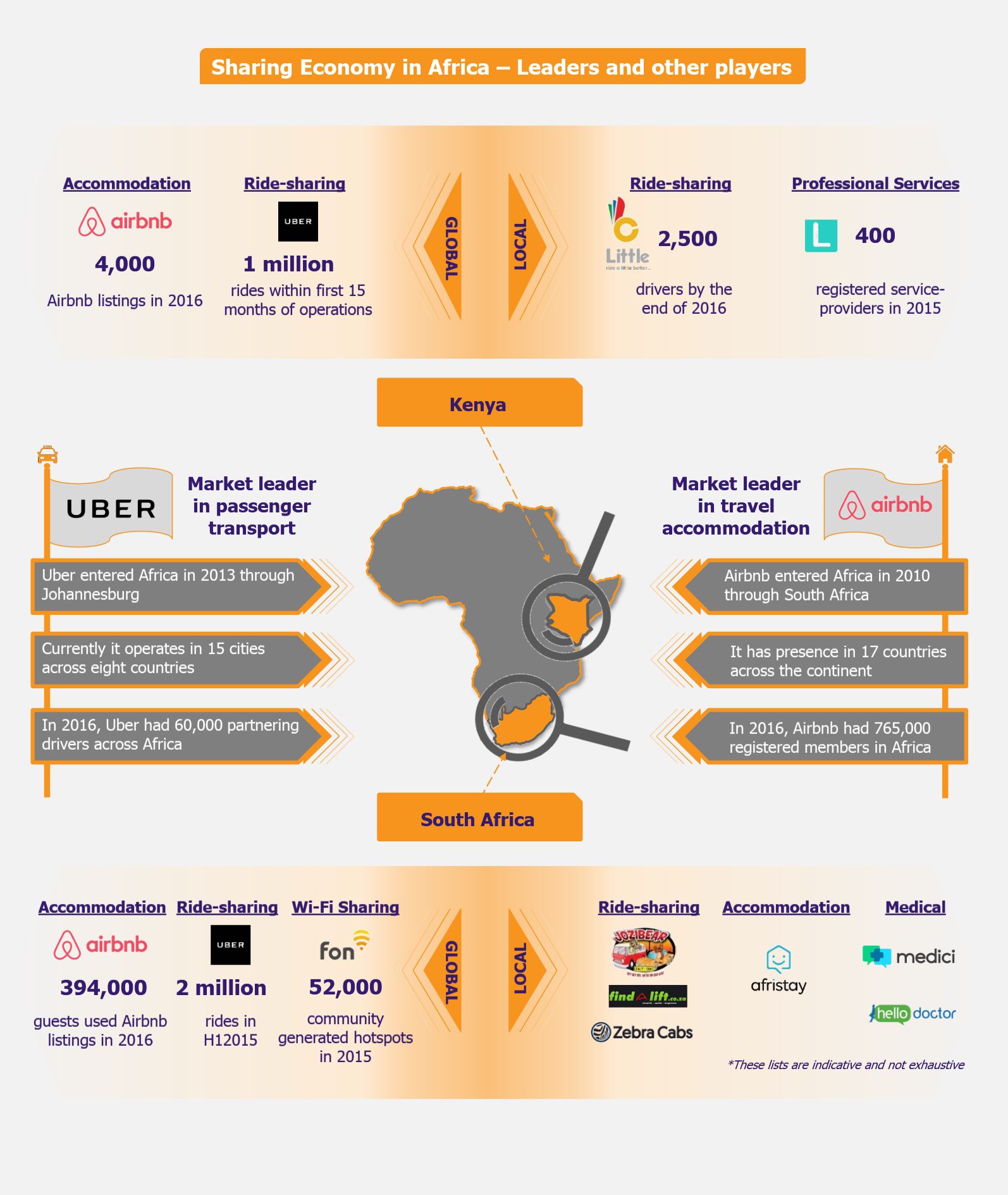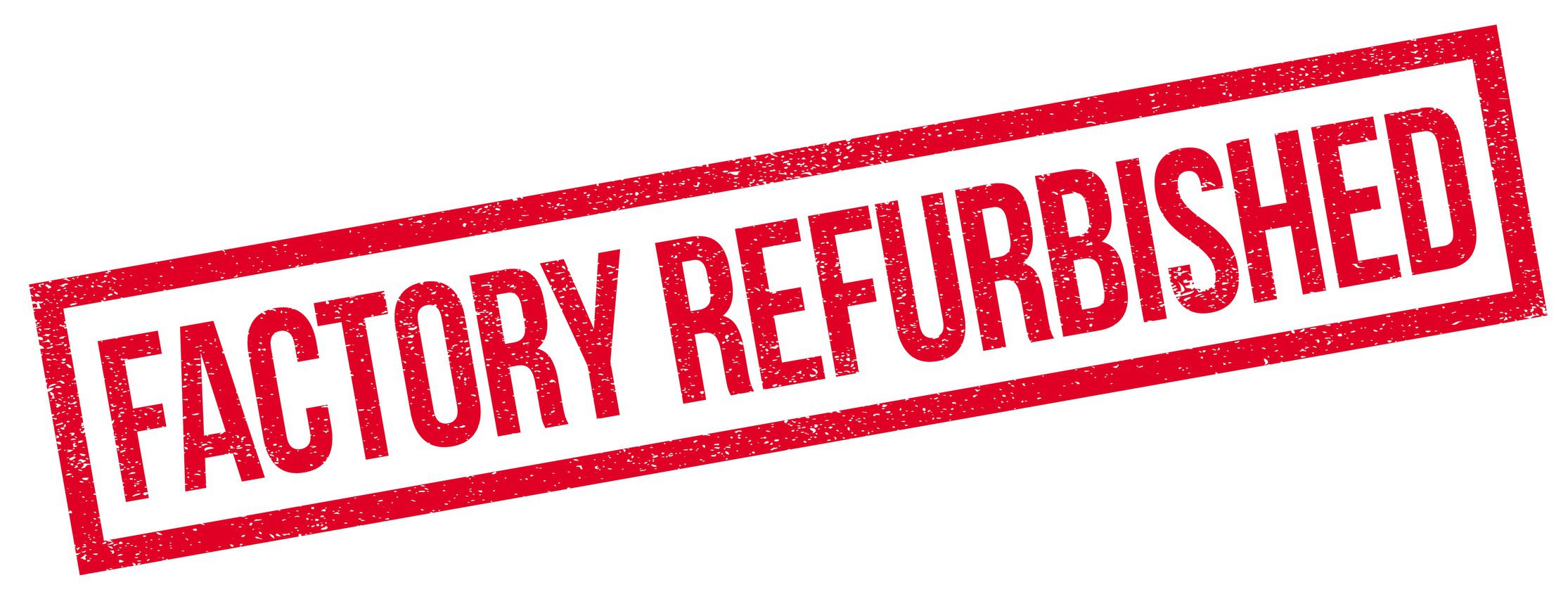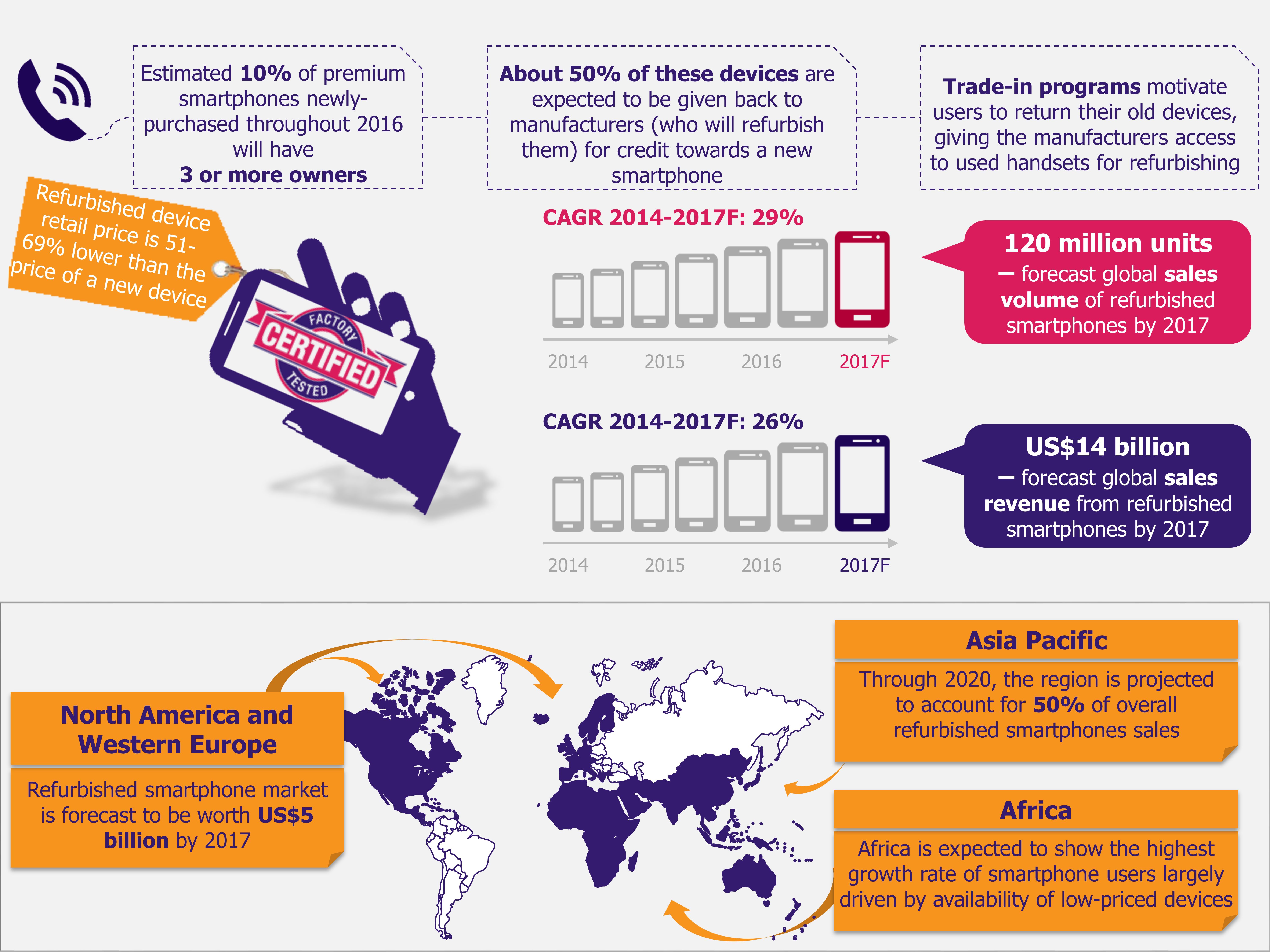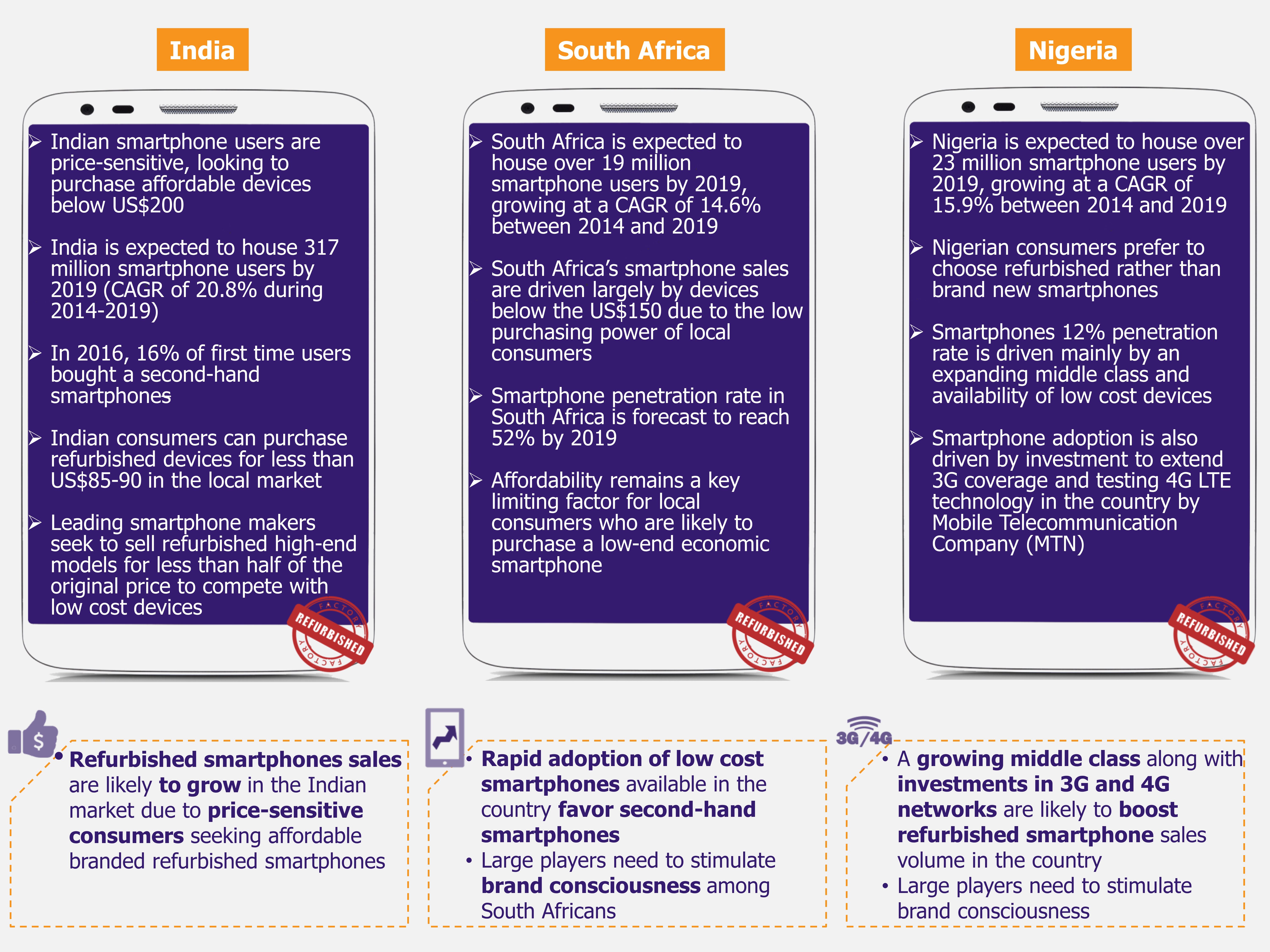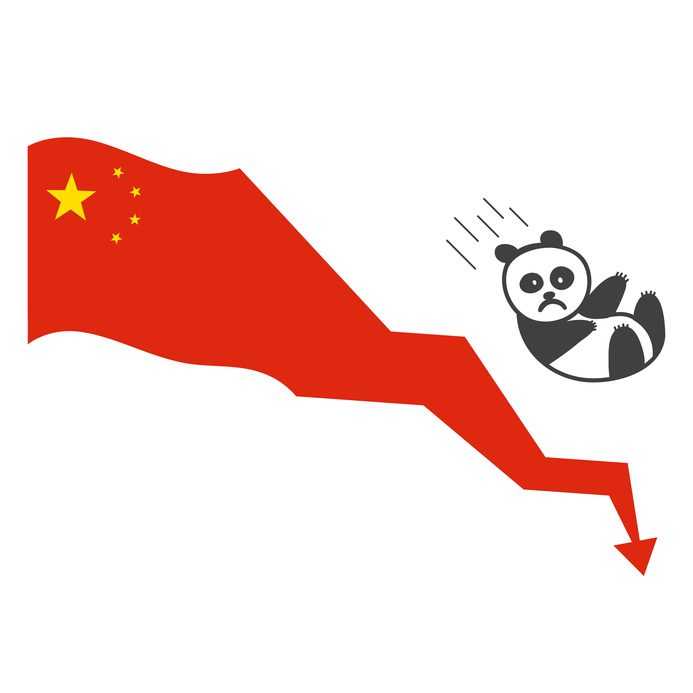South Africa is struggling with an unprecedented energy crisis resulting in daily load shedding for prolonged hours. Corruption, mismanagement of resources, and political conflicts are the root causes of the energy crisis. Lack of investment in energy infrastructure development, regulatory challenges, and outdated integrated resource plans further exacerbate the situation. Load shedding has been hampering business operations across sectors, increasing operational costs and negatively impacting GDP growth. While renewable energy can help combat the energy crisis, political resistance, and insufficient government support hinder the transition from fossil fuels to renewable energy sources. However, recent government initiatives are likely to expedite a shift towards renewable sources.
South Africa’s power supply marred by a range of deep-rooted issues
South Africa has been grappling with a significant energy crisis for the past several years, since 2007, leading to daily load shedding to prevent the collapse of the electric grid. Corruption, inability to cope with growing demand, political infighting, poor maintenance practices, limited investment in the energy sector for developing new infrastructure and maintaining running plants, and inefficient operations at Eskom (government-owned national power utility) have driven the energy crisis in the country.
Corruption is considered the major cause of this energy crisis. It is alleged that Eskom executives, through bribery and theft, made Eskom lose about US$55 million per month for the past several years. Also, the supply of low-grade coal to Eskom by a coalition in control of the coal supply has led to the regular collapse of Eskom’s power plants.
Additionally, the absence of an updated Integrated Resource Plan (IRP) further exacerbates the energy crisis. IRP (first launched in 2011) aims to project and address the electricity demand in the country. The government last updated its IRP in 2019, when it outlined annual auction and decommissioning plans until 2030. IRP must be updated regularly to include new advancements in the development of power generation technologies to align with the most effective scenarios for generating electricity.
Setbacks in renewable energy construction projects due to escalating costs have further spiked the energy crisis in South Africa. Around half of the projects awarded under the re-launch of South Africa’s Renewable Energy Independent Power Producer Procurement Programme (REIPPPP) in 2021 failed due to increasing energy costs. REIPPPP is a government initiative to increase electricity capacity through private sector investment in renewable energy projects by allowing independent power producers (IPPs) to bid for and develop renewable energy capacity. Some projects have also been sidelined due to a lack of connections to the national grid.
GDP growth and sectors’ outputs affected by the ongoing electricity shortage
Rolling power cuts have negatively impacted the country’s economic growth, businesses, and households. It significantly affected the day-to-day operations across sectors. The economic costs associated with load shedding have negatively impacted the country’s GDP growth since 2007. It decelerated from 4.7% in 2021 to 1.9% in 2022 due to various factors, including power cuts and volatile commodity prices, among others. It further declined to 0.9% in the first half of 2023, mainly due to the energy crisis. Lowering GDP growth is likely to limit tax revenue and, thus, limit government spending.
Energy-intensive industries, particularly mining, have been severely impacted by power outages. Mining production fell by 3.7% in Q4 2022 compared to Q3 2022. Overall, the mining sector contracted by over 7% in 2022, in contrast to 2021. In 2023, mining production contracted by a further 1.5% in Q3 compared to Q2.
Other industries also continue to be affected. Agricultural output declined by 3.3% in Q4 2022 compared to Q3 2022. Manufacturing production fell by 1.2% in Q3 2023 in contrast to Q2 2023. The trade sector saw a decline of 2.1% in trading activities in Q4 2022 compared to Q3 2022. The food and beverage industry has also faced the consequences of power outages. Although the food and beverages industry is less electricity-intensive than other manufacturing industries, daily power outages have still led to increased operational costs and reduced output. Extensive load shedding also caused disruptions across retail operations and supply chains, negatively impacting food and beverage manufacturers’ pricing and profit margins.
The financial toll on businesses increased significantly, especially regarding the expenses associated with diesel purchases to run generators in the absence of power from the grid.
Transition to renewable energy hindered by political resistance and policy gaps
South Africa is blessed with abundant sunshine and wind, but the transition to renewable energy from coal power plants is not going to be a quick fix for the energy crisis in the near future. This is mainly due to political resistance by people with a vested interest in the fossil fuel industry and a lack of clear policies/regulations to promote renewable energy deployment.
Inconsistencies and a lack of coordination between energy companies and the government hinder existing policies aimed at encouraging the deployment of renewable energy. Additionally, the dominance of Eskom managing R&D investments related to power generation and market control hampers the deployment of renewable energy.
Despite the establishment of REIPPPP, renewable energy generation has not increased sufficiently to address the crisis. According to the Council for Scientific and Industrial Research (CSIR), only 7.3% of energy was generated from renewable sources in 2022. Concerns about job loss and insufficient grid infrastructure further hamper the transition to a more sustainable energy landscape.
Renewable energy growth driven by international collaborations
However, the government has begun to understand the importance of renewable energy in tackling energy shortages and has been promoting the sector. This has resulted in increasing foreign investment in renewable energy projects in South Africa. The increase in renewable projects due to retiring coal power plants is also likely to help combat the ongoing energy crisis.
For instance, in mid-2022, Scatec, a Norway-based renewable energy company, signed a 20-year contract with Eskom to supply 150MW to the national grid through various projects with a capacity of 50MW each.
Similar to this, in April 2023, Lions Head Global Partners (a UK-based investment banking and asset management firm), Power Africa (a US government-led presidential partnership initiative aimed at increasing access to electricity in Africa) in collaboration with the US Agency for International Development, Flyt Property Investment (a South Africa-based property development company), and Anuva Investments (a South Africa-based real estate and renewable energy investment firm) announced investment of US$12.1 million in Decentral Energy Managers, an independent power producer that focuses on renewable energy in South Africa.
Also, in September 2023, the USA proposed to invest US$4.8 million in partnership with the US African Development Foundation and the US Departments of Energy, Commerce, and State through Power Africa to support initiatives aligned with South Africa’s ‘Just Energy Transition Partnership’ (JETP) investment plan. JETP is an agreement forged among the governments of South Africa, the USA, France, the UK, Germany, and the EU, aimed at expediting the phased shutdown of South Africa’s coal-fired power plants and speeding up the transition from fossil fuels to renewable energy. The USA has been the largest source of foreign direct investment (FDI) in the renewables space in tenders issued by the South African Department of Energy under REIPPPP.
In addition, in August 2023, South Africa signed several agreements with China to strengthen energy security and transition. China, being the leading installer of hydro, wind, and solar power and having close diplomatic and economic relations with South Africa, is expected to help the country with solar equipment while providing technical expertise.
Moreover, the REIPPPP launched the sixth round of the bid window in April 2022 to incorporate an additional capacity of 5.2GW into the energy mix. Still, only five bidders were chosen in Q4 2022 and are expected to generate around 17% of the total anticipated capacity.
Power crunch partially eased by soaring rooftop solar installations
An increase in the installation of rooftop solar systems by individuals and businesses to prevent disruptions to their operations caused by prolonged load shedding is also likely to help tackle the energy crisis. South Africa’s installed rooftop solar PV capacity increased by about 349% from 983MW in March 2022 to 4,412MW in June 2023.
The introduction of tax rebates for households and businesses for rooftop solar system installation is anticipated to stimulate increased adoption of rooftop solar systems across the country. For instance, in March 2023, the government proposed a tax rebate of 25% of the rooftop solar installation cost, up to a maximum of US$817.74 from March 2023, and a tax rebate of 125% of the businesses’ cost of investment in renewable energy sources such as solar, wind, hydropower, and biomass. This is expected to expand electricity generation and help ease the ongoing energy supply crisis.
Hope for improved power management brought by government activities
The government is slowly doubling up its efforts to encourage more participation of IPPs in renewable energy generation. This is expected to help boost power generation and, thus, play a crucial role in addressing the energy crisis in the near future. The National Energy Regulator of South Africa (NERSA) approved over 15 IPPs between May 2022 and June 2022. As of June 2023, the country has an extensive pipeline of wind and solar projects, amounting to 66GW of capacity. Projects amounting to a capacity of over 5.5GW are expected to be operational by 2026.
The state has taken various initiatives to improve energy security, ease renewable energy project licensing requirements, and encourage participation from the private sector to generate renewable energy in the country. In October 2023, the World Bank approved a US$1 billion Development Policy Loan (DPL) to support the government’s initiatives to enhance long-term energy security and facilitate a low-carbon transition.
In July 2023, the South African Department of Trade, Industry, and Competition (DTIC) launched an initiative called ‘Energy One-Stop Shop’ (EOSS), aimed at accelerating the issuance of regulatory approvals and permits required before initiating the development of a project. As a result of this initiative, over 100 projects amounting to a capacity of over 10GW worth US$11 billion are being developed.
Along with this, in July 2023, the National Energy Regulator of South Africa (NERSA) finally decided to proceed with splitting Eskom into three different identities: generation, transmission, and distribution. NERSA authorized the National Transmission Company of South Africa to operate independently of Eskom, for which the Independent System and Market Operator (ISMO) Bill was passed in 2012 and implemented in 2013. The company will have non-discriminatory access to the transmission system, authority to buy and sell power, and will be responsible for grid stability. This is expected to improve electricity supply security, stabilize Eskom’s finances, and establish a foundation for long-term sustainability.
Moreover, in May 2023, two new ministers were appointed: a Minister in the Presidency responsible for Electricity to focus specifically on addressing the power outages, and a Minister in the Presidency responsible for Planning, Monitoring, and Evaluation, with the specific responsibility of overseeing the government’s performance.
Furthermore, South Africa’s JETP initiative implemented in 2021, supported by funding worth US$8.5 billion, is expected to integrate efficient energy production methods, reduce the adverse impact of power generation on the external environment, and improve energy security.
EOS Perspective
Endemic corruption within the government-owned national power utility and primary power generator, Eskom, has exacerbated the load shedding in South Africa. A deteriorating grid also significantly threatens the country’s economic stability. There is a great need for energy storage initiatives to optimize grid efficiency, improve power transmission across regions, and combat load shedding. With the split of Eskom, grid efficiency is expected to improve, and it is also anticipated to foster involvement from IPPs.
Alongside promoting the increased participation of IPPs, the newly appointed Minister for Electricity also stresses extending the life of coal-fired powered stations. Coal continues to be the predominant source of energy mix, constituting 80% of the total system load. While this approach might help the country with the immediate pressures of power supply requirements, more emphasis should be placed on reducing South Africa’s dependency on coal and the transition to green energy to stabilize energy distribution as well.
While various initiatives and programs have been implemented to encourage participation from IPPs to generate energy, it all comes down to execution, which the government currently lacks. Not enough funding support is being offered by the government to the participants. For instance, of the total power generation capacity anticipated from the participants in the fifth bidding round of REIPPPP, only half of the anticipated capacity, amounting to 2.58GW, is expected to come online. Most projects did not reach a financial close, or for many projects, legal agreements were not signed due to high interest rates, slow production of equipment post-pandemic, and increased cost of energy and other commodities. These issues led to increased construction costs beyond the budget initially set for the projects by the bidding companies. With soaring costs, the projects require greater financial support from the government to reach financial closure.
Also, the endless blame game between Eskom and the Department of Mineral Resources and Energy makes it difficult for IPPs to enter the market and provide clean energy to the country. Eskom’s dominance in the electricity sector is likely to continue to influence initiatives implemented to encourage participation from IPPs.
However, with increasing government efforts to encourage IPPs to generate energy in the long run, the private sector is expected to play a crucial role in pioneering the shift from fossil fuel to renewable energy sources and tackling the energy crisis.







